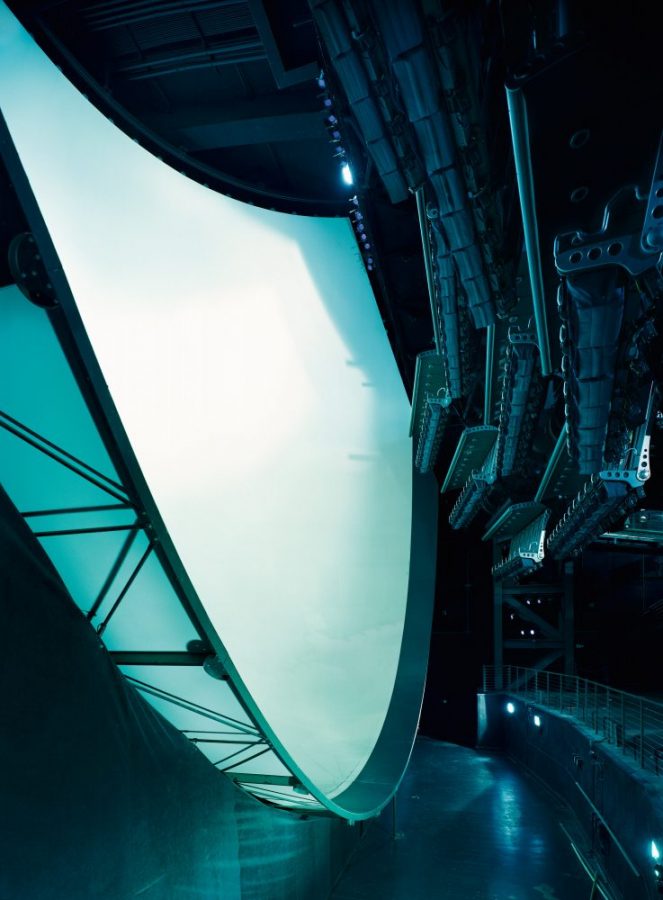by Dario Orlandi
_
Science is after all an ideation that humanity has produced throughout its history.
And it would be therefore absurd for man to decide to let himself be judged definitively by one of his ideas.
(Edmund Husserl)
The complex dialectic between nature and culture represents one of the most fascinating points of Western thought. On one hand: matter, powerful and generating, impassive and ruthless. On the other, the human need to understand and regulate the ineffability of chance through science (matter), religion (existence and morals) and politics (relations between men).
“Politics”, understood as the human will to shape relationships and social spaces, inevitably reverberates the idea of self and context that our species has developed over time. In a crescendo that from the discovery of fire leads to space missions, politics has always found in technology its operational bank, the tool with which to stage the desired and conquered ideas and to think of new ones: machines to execute, formulas to understand, constructions to organize. This is why politics in Struth’s work does not take the form of institutions and places of command, but expresses itself in the technological artefacts that represent mankind’s normative ideology in their context.

The great absentee, an apparent paradox in a work entitled Nature & Politics, seems to be nature: completely missing in the vast majority of the images, it appears as a background element in a few photographs, dominated, anyway, by a strong and invasive human presence.
A symbolic and significant absence and marginalization, as if to signal the politics’ attempt to oust or condition the natural, its ambition to reduce it to an anthropic and controlled artefact.
The only exception is the conclusive image of an impetuous ocean, a glimpse of a re-emerging and powerful nature despite the desire to trap and dematerialize it in the transparent jacket that covers the volume.

However, if we take a closer look at the forms of the technological artefacts on which Struth’s gaze dwells, an overlapping path is triggered: mechanical turbines like flower corollas, geometric buildings like beehives, reaching of scaffoldings like quartz ribs, bundles of circuits like interwoven mangroves. Despite the politics’ attempt to expel the natural, the avant-gardes of the human will inevitably find themselves echoing those forms of ordered chaos that evolutionary processes have defined in over-human times: fate of the technological apotheosis, of the control of the human species on the world, it is the return of the technological to the natural, its reabsorption.
Politics, Struth seems to be saying, are not opposed to nature except in the forms of an immature technology, being however destined by its own evolution to a synthesis with nature, to internalize its essence: nature re-emerges in politics because politics must strive for nature if it wants to progress.

Nature & Politics is a complex and fascinating work, in which the images transcend the content to search for the symbolic form which they evoke, leading the reader towards the experience of a deep and original reflection on the relationship between mankind and nature. Struth’s is a philosophy of culture that becomes a philosophy of history, a glimpse of a path that from the separation that has characterized the binary nature-culture since the origins of the technological era, leads to a future reconciliation between the ordered and impassive randomness of nature and human beings’ will to dominate.
The book: Thomas Struth, Nature & Politics, Mack Books, 2016

July 9, 2020




